
Our imagination could not encompass the situation which would result from an attack on this country involving the explosion of 2,000 megatons….War no longer has any logic whatsoever.
It is almost eighty years since a nuclear weapon was used in warfare. The atomic bombings of Hiroshima and Nagasaki helped bring World War Two to a rapid end. While nuclear weapons haven’t ended war itself, they have had a restraining influence on the world’s major powers. Outside of brief and low-intensity border skirmishes, no two nations with nuclear weapons have been directly at war. Has the era of all-out war between major powers passed? This article will examine whether or not conventional war is a thing of the past.
Why This Matters
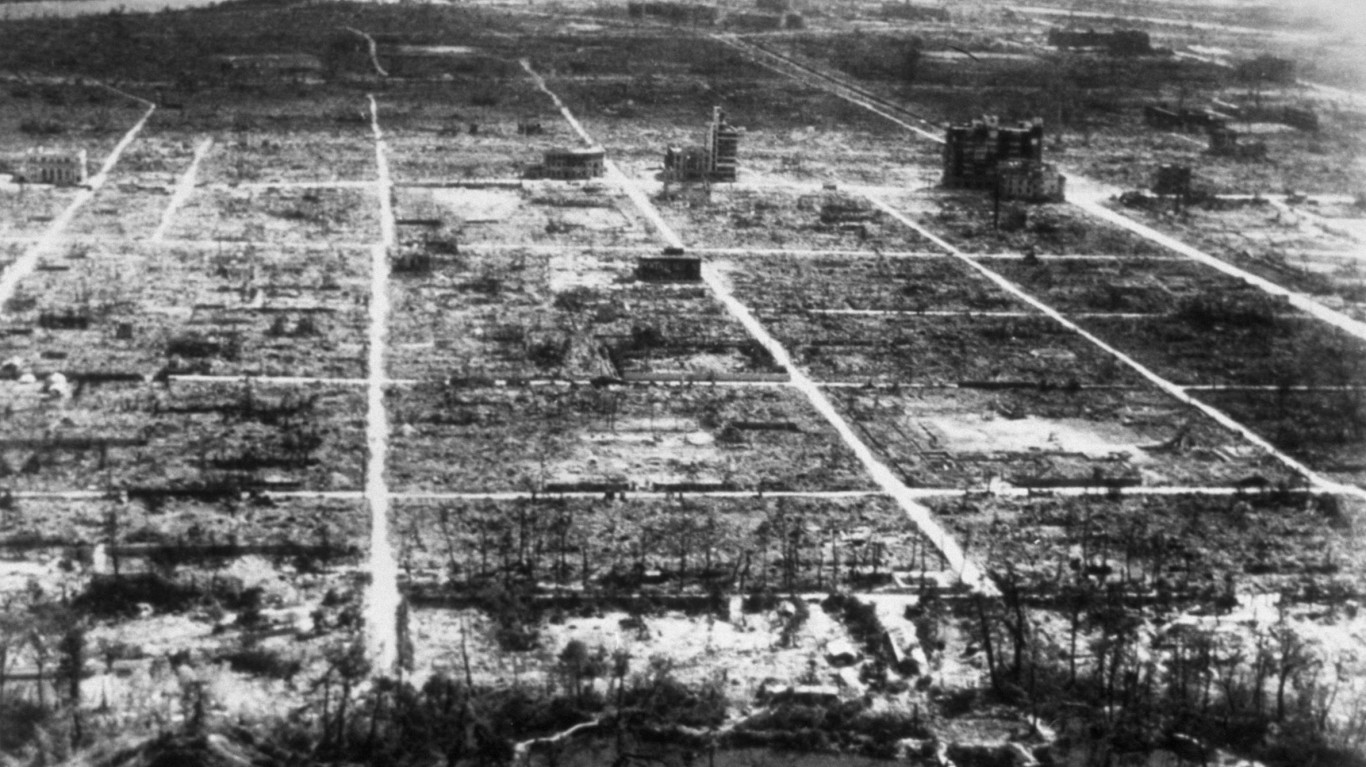
Major powers have fought several wars since World War Two but those have typically been lower-intensity asymmetric wars fought against much weaker opponents. Multiple ongoing conflicts around the world could escalate into something more serious. Just because another major war is unthinkable, does not mean it is impossible.
Defining Traditional Warfare
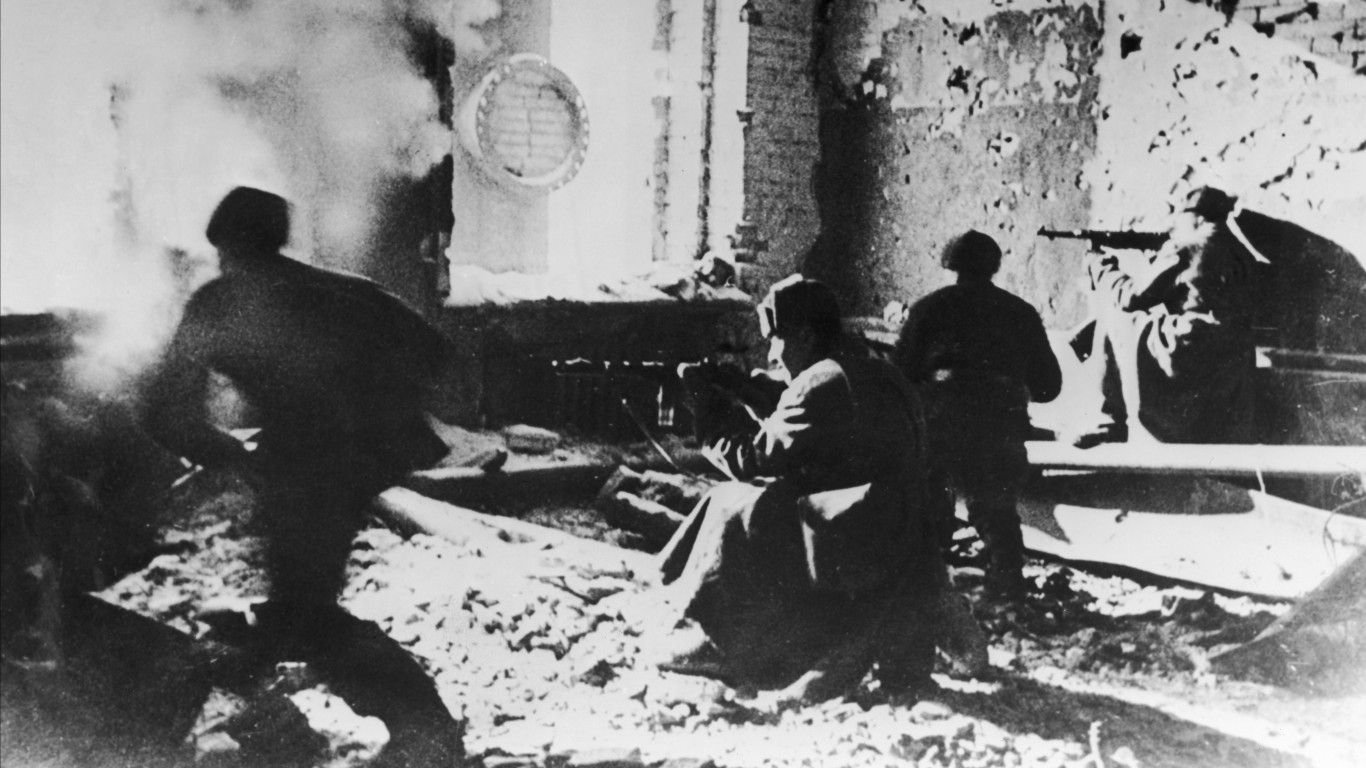
Traditional war in this context refers to a conflict between two or more states of similar military prowess. History is filled with examples of such wars from the ancient era to the 20th century. World War One and World War Two are a level above, they were total wars in that the entirety of the societies involved were mobilized. The closest any human society has come to a full war economy was the Soviet Union from 1941-45. The Eastern Front of that conflict was perhaps the most unrestrained and brutal theater of any war in human history.
Since the advent of the hydrogen bomb, a thousand times more powerful than the atomic bomb dropped in 1945, the world lived what Albert Wohlstetter called “the delicate balance of terror.” Rather than confront one another directly in ruinous conflict, the USA and USSR fought through espionage and proxy wars during the Cold War. There have been conventional wars fought since 1945 but they generally haven’t involved two nuclear powers. The USSR did support China and North Korea in the Korean War but went to great lengths to conceal their involvement. Similarly, the Truman administration was wary of escalation and kept to limited war aims.
Pax Americana?

Some attribute the relative peace to American military hegemony. Zbigniew Brzeziński, a former national security advisor to Jimmy Carter, argued that America’s strength on the world stage acts as a stabilizing force. Should America fall from its perch, global chaos would surely follow. Of course, this rather self-congratulatory view of the United States’ influence on the world is not universally held. There are other key factors.
For one, democratic nations are less likely to go to war with one another. The monarchies of Europe tumbled into war in 1914 while fascist aggression caused World War Two. War is a much tougher sell for a government beholden to its people.
Another important factor is the rise of international organizations. The League of Nations was initially quite successful despite the United States’ refusal to join in 1920. Had the United States been part of the organization from the outset, it might have been more successful in curbing international aggression in the 1930s. The United Nations has its issues but has largely succeeded where its predecessor failed. The European Union has made war between developed European nations all but unthinkable today. The rise of NATO is another key factor in averting war. As Article 5 clearly states, any attack on a member of the alliance is treated as an attack on all. No sane leader would ever deliberately provoke the world’s most powerful alliance.
Finally, the importance of global trade renders most prosperous nations highly adverse to fighting one another. Of course, the same could have been said in 1913. Economic interdependence is important but not a guarantee for harmonious relations.
Asymmetric Warfare
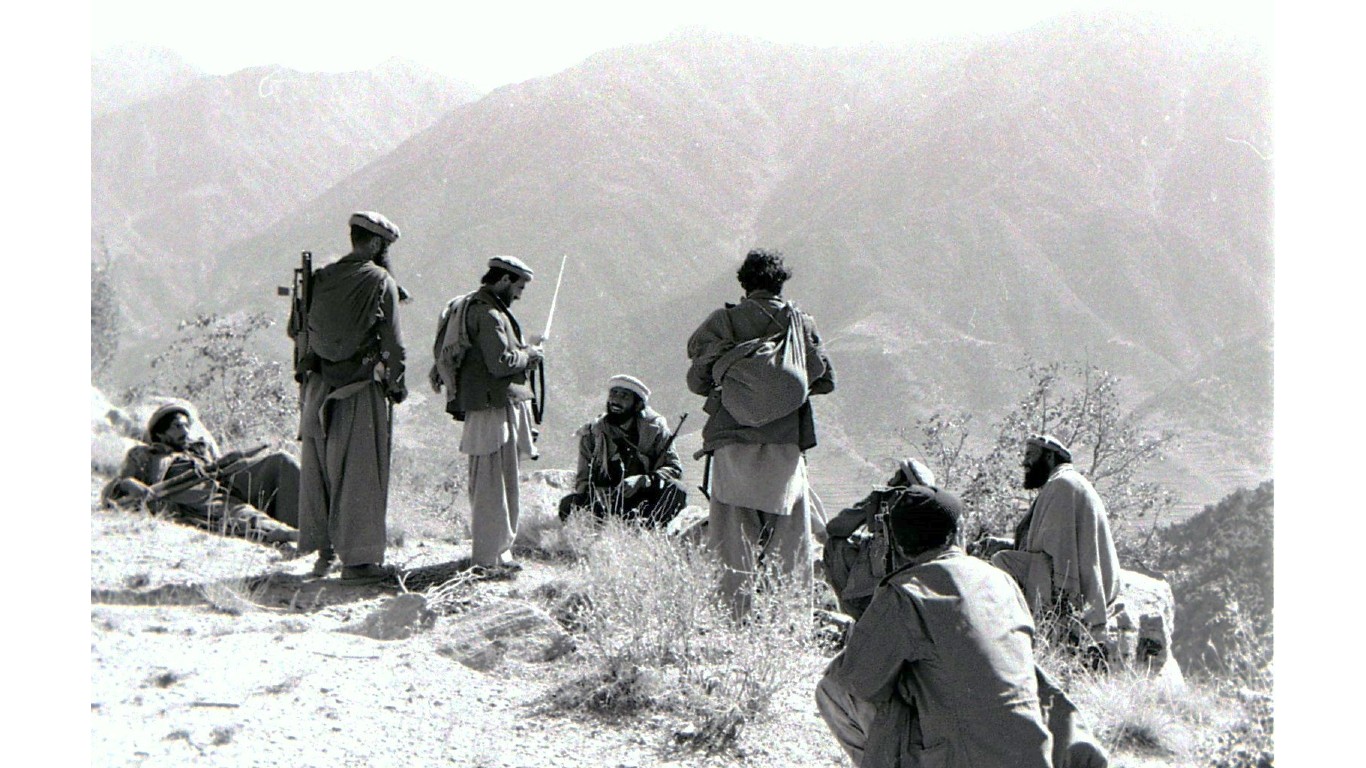
Wars fought today are generally asymmetric conflicts. Put simply, this means a conflict between nations or alliances with huge discrepancies in ability. There are different types of asymmetric war and many were fought before World War Two. For example, several colonial wars in the 19th century involving Britain, France, Russia, and the United States.
Since 1945, the United States and the Soviet Union fought several asymmetric wars by virtue of their military might compared to their opponents. However, their advantages didn’t always translate into successes. Vietnam was a painful lesson for the United States just as Afghanistan was for the Soviet Union. In those conflicts, and others in the same vein, there was no objective to capture or a regular standing army to neutralize. Low-intensity conflicts are easy to get involved with but much harder to extract from.
The Russian invasion of Ukraine also falls under this category. Moscow has a much larger military and nuclear weapons but has failed badly to make those count. After two years of warfare, Russia is still struggling to wear down Ukraine’s defenses.
Future Flashpoints
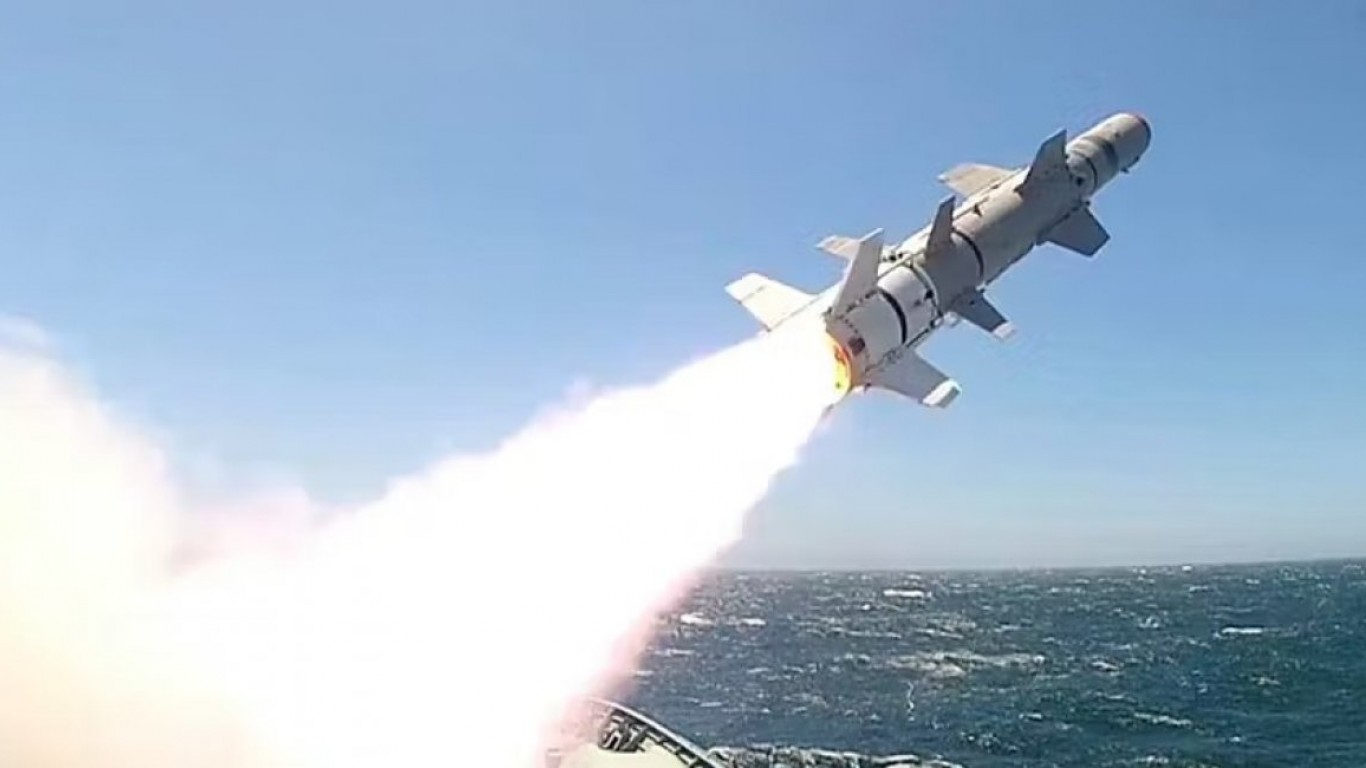
As unthinkable as another major war is today, it is not beyond the realm of possibility. The ongoing conflict in Ukraine could escalate into a wider conflict involving NATO. Western weapons used inside Russian territory carry the risk of igniting a wider conflict. Though Kyiv believes this is a bluff, some European nations in NATO take that danger seriously. The longer the war endures, the greater the possibility of escalation.
Another local conflict at risk of spiraling out of control is the war between Israel and Hamas in Gaza. Iran and Israel have already come close to open conflict and that would inevitably involve the United States and Iran’s proxies. Turkey’s President Tayyip Erdogan suggested his country could intervene in the conflict though it is unlikely given Turkey’s membership of NATO.
China has fought no wars since 1979 but is eyeing a conclusion to the Taiwan question. Beijing maintains the island is part of its core territory and has done so since the end of the Chinese Civil War in 1949. China is in the midst of a major revamp of its military and has taken steps to prepare to press its claim on Taiwan by force if necessary. Some analysts believe that China will be ready by 2027. With a demographic crisis looming, Xi Jinping may need to make his move by 2030 at the latest. An invasion would prompt the United States to intervene in what would be the most destructive conflict since World War Two.
Conclusion
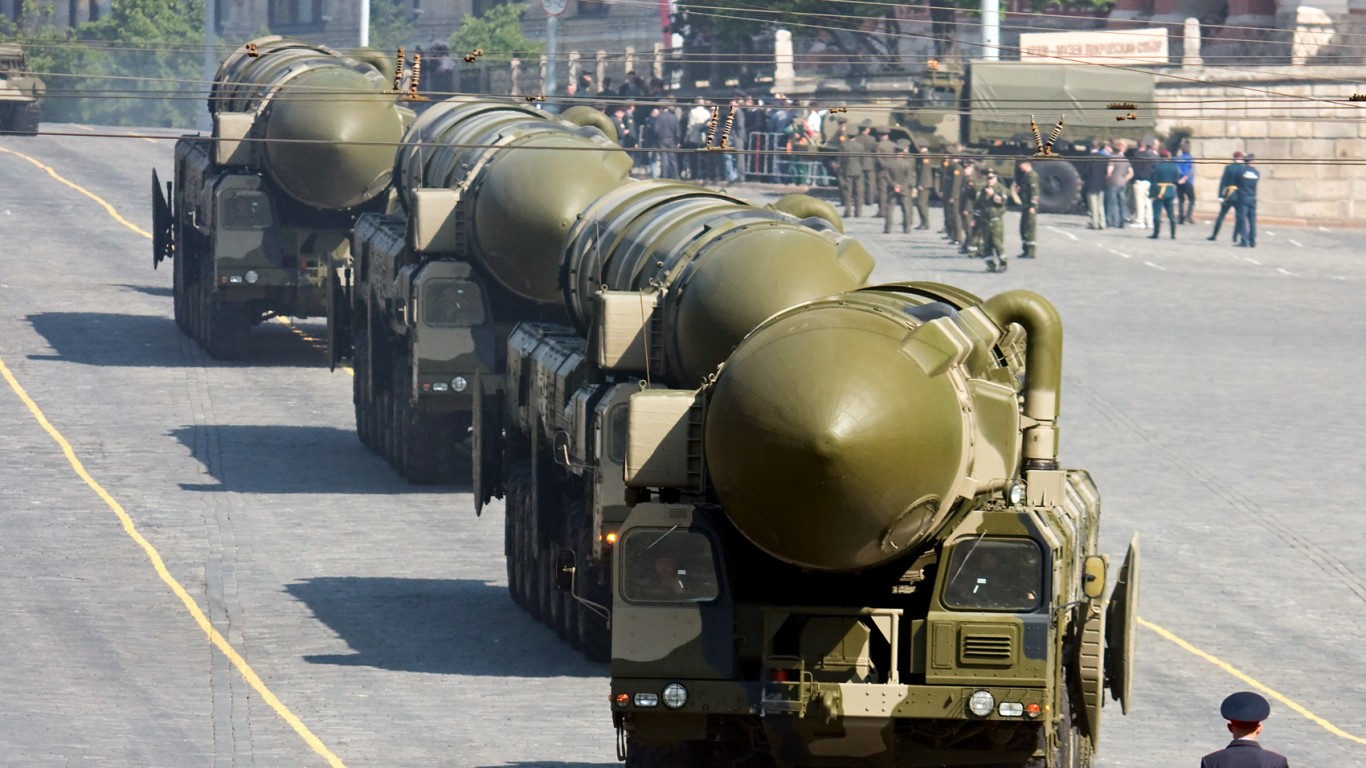
While any rational person sincerely hopes that humankind has left major, all-out warfare in the past, history suggests such complacency is dangerous. Western Europe enjoyed a long peace from the late 19th century to 1914. The idea of a world war seemed preposterous to many at the turn of the century, yet diplomatic missteps, powerful alliances, and militarism all led to the Great War. Just two decades later, the most destructive conflict in human history broke out. The bombs that ended that war helped avert the next one for almost eight decades and counting.
Wars have certainly happened since 1945 but they have taken a very different character. Developed, democratic nations that are part of economic and political unions are far more adverse to fighting wars than their autocratic predecessors. The asymmetric wars of today are more limited than the total wars of the 20th century but often difficult to win convincingly as there is no definitive objective to capture or a standing army to defeat.
Another major war is, fortunately, a remote prospect but one that can never truly be discounted. Flashpoints in Eastern Europe, the Middle East, and the Pacific all have the potential to escalate into wider conflicts if not carefully managed. History provides a stark warning to those who take peace and prosperity for granted.
It’s Your Money, Your Future—Own It (sponsor)
Retirement can be daunting, but it doesn’t need to be.
Imagine having an expert in your corner to help you with your financial goals. Someone to help you determine if you’re ahead, behind, or right on track. With SmartAsset, that’s not just a dream—it’s reality. This free tool connects you with pre-screened financial advisors who work in your best interests. It’s quick, it’s easy, so take the leap today and start planning smarter!
Don’t waste another minute; get started right here and help your retirement dreams become a retirement reality.
Thank you for reading! Have some feedback for us?
Contact the 24/7 Wall St. editorial team.
